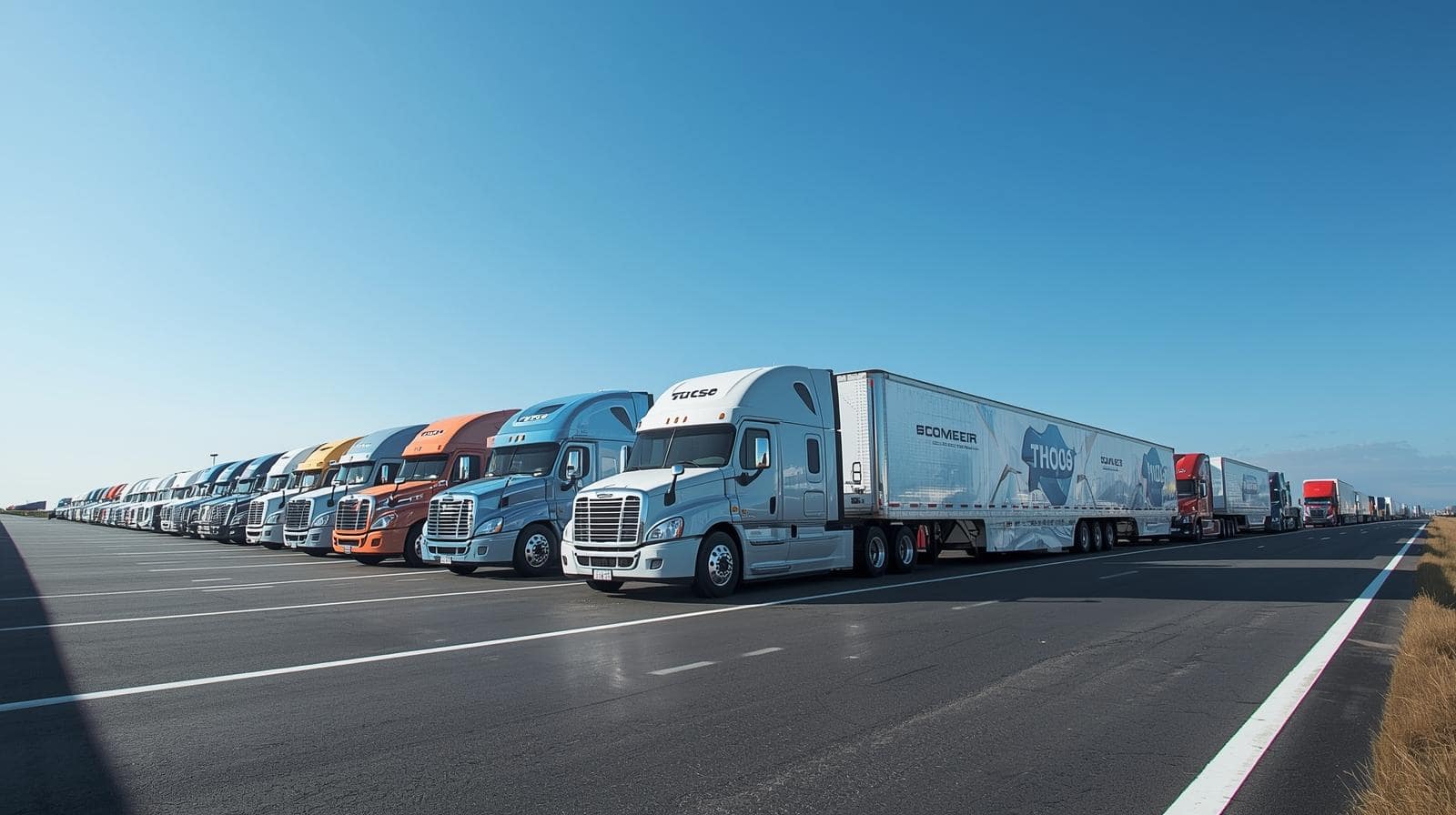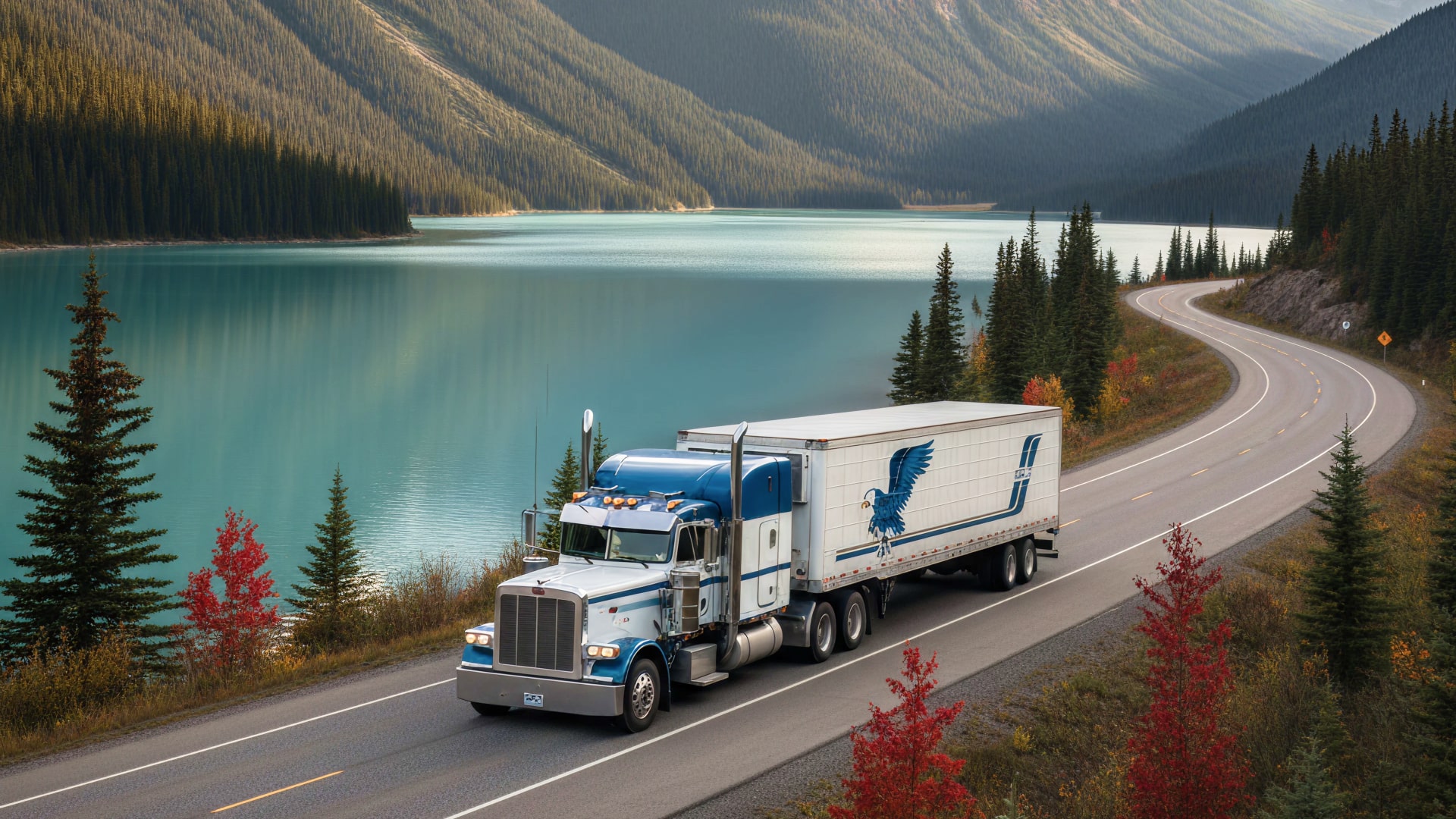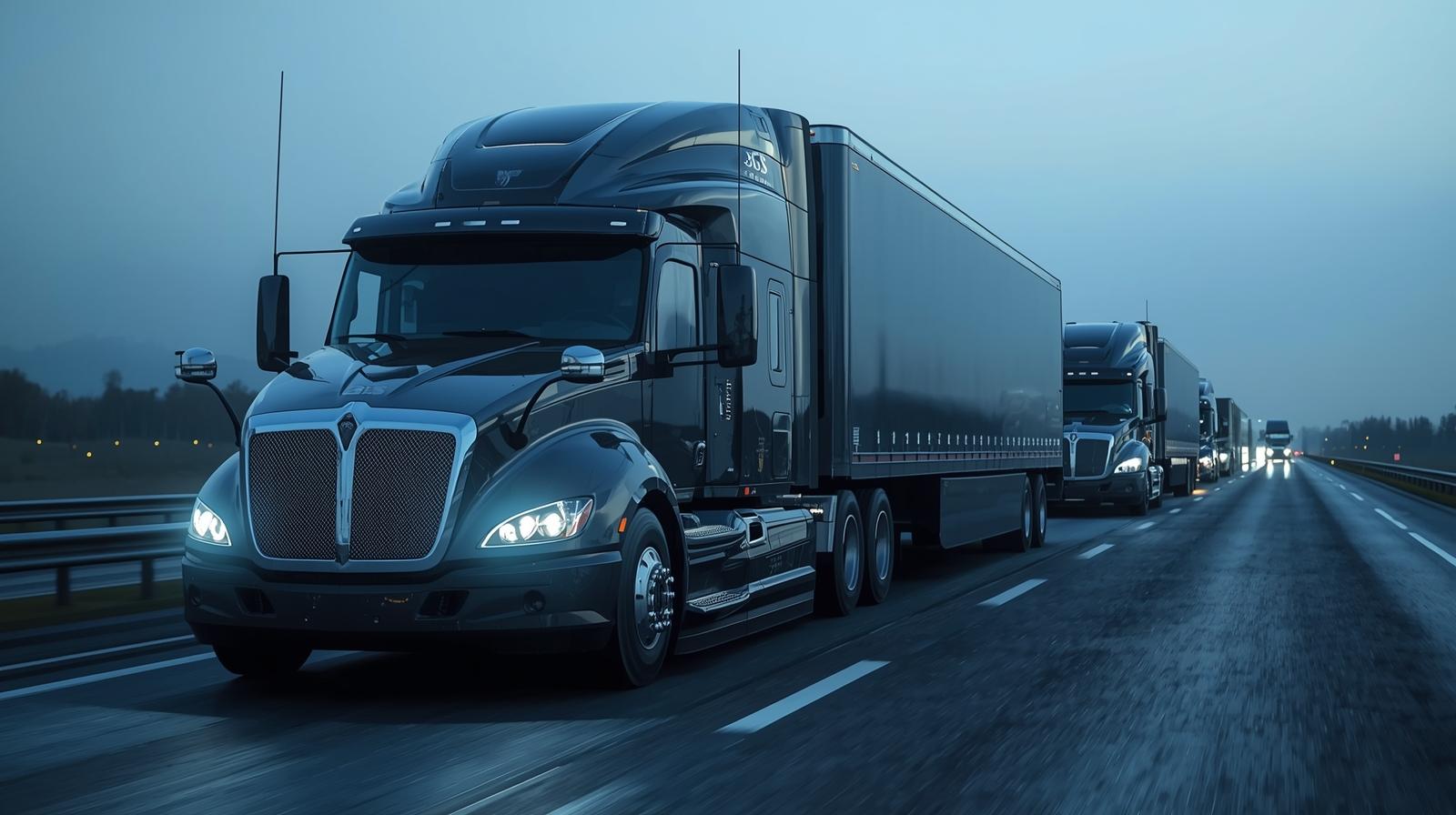Every carton of strawberries on a supermarket shelf, every vaccine vial in a pharmacy fridge, and every filet mignon on a restaurant plate arrived there because a refrigerated trailer, industry shorthand “reefer,” held its temperature within a razor-thin range. Reefer trucking is the cold-chain backbone of global commerce, protecting products whose value can vanish with a single degree’s drift.
However, many people still don’t know the different between reefer and standard dry-van work. This guide will explain how demanding the job is, how much does it pay, and whether the extra responsibility is worth the effort. Read on for more!
What Is Reefer Trucking?
Reefer trucking means hauling temperature-controlled freight using a refrigerated trailer. The back of a reefer truck isn’t your standard dry van. It’s fitted with an insulated box and a built-in refrigeration unit that lets you set and control the internal temperature – sometimes even down to freezing or below.
Reefers can haul loads that need to stay cold, frozen, or even warm, depending on what’s inside.
| Commodity | Typical Temperature Band | Why It Ships Cold |
| Frozen meat & seafood | -10 °F to 0 °F | Prevents bacterial growth & freezer burn |
| Ice cream & novelties | -20 °F | Texture and regulatory compliance |
| Fresh produce | 34 °F to 45 °F | Slows ripening & spoilage |
| Dairy & eggs | 36 °F to 40 °F | Food-safety mandate |
| Pharmaceuticals & vaccines | 35 °F to 46 °F (or tighter) | Potency and legal chain-of-custody |
| Floriculture & nursery stock | 45 °F to 60 °F | Preserves color, moisture, longevity |
| Specialty chemicals | Variable (often warm) | Prevents crystallization or viscosity change |
If it spoils, melts, or dies in the wrong conditions – it probably rides in a reefer.
What Makes Reefer Different From Regular Trucking?
The biggest difference is responsibility.
With dry van, you load the trailer, shut the doors, and roll. But with a reefer? You’re hauling something fragile – not in terms of weight or handling, but in terms of temperature.
1. Temperature Accountability
With dry freight, you seal the doors and drive; with reefer, you become the load’s life-support system. Carriers, shippers, and insurers expect continuous temperature logs, alarm alerts, and documented set-point compliance from pickup to delivery.
2. Ultra-Precise Appointment Windows
Grocers, foodservice distributors, and pharmaceutical DCs schedule inbound docks overnight or pre-dawn to restock shelves before customers arrive. Miss a 2:00 a.m. slot and you may wait eight hours-or face a costly load rejection.
3. Pre-Trip and In-Transit Checks
Successful drivers build muscle memory around:
- Pre-cooling the trailer to target before loading;
- Confirming the bunker fuel tank is full; the refrigeration unit runs on its own diesel supply;
- Inspecting door seals, floor drains, and air chutes for leaks or blockages;
- Monitoring set-point, return-air, and ambient readings at every break;
- Logging readings in cab, ELD, or telematics software for dispute protection.
4. Additional Downtime Risks
Reefer docks often double as quality-assurance gates. Expect pulp-temperature checks, USDA or FDA inspections, and periodic cargo counts-all of which extend load/unload times beyond a typical dry-van turn.
Miss your time slot? Let the temperature slip? That’s a rejected load – and it can cost thousands. So it’s not for everyone, but for the right driver, it’s steady, well-paying work. An ELD device helps you stay on track and avoid most issues on the road.
What Kind of Equipment Is Used?
Most reefer trailers look similar from the outside – they’re usually 53-foot trailers built with extra insulation and a refrigeration unit mounted on the front wall (commonly Thermo King or Carrier).
Some details worth knowing:
- The unit runs on diesel fuel (separate from the tractor);
- It can cool, heat, or maintain a set temperature;
- There’s a control panel where you program the temp and monitor readings;
- Many modern reefers are telematics-equipped, meaning you (and the carrier) can track temperature, trailer location, fuel level, and more in real-time.
Pro tip: never assume the last load left the trailer clean or ready. Always do your own pre-trip inspection – including the reefer fuel level and cleaning status.
Is Reefer Trucking Worth It?
Let’s talk about money – because that’s the big question.
Reefer loads tend to pay more per mile than dry van. Why? Because it’s more specialized. You’re dealing with sensitive freight, and shippers are willing to pay extra to make sure it arrives in perfect condition.
Also:
- There’s year-round demand – people need food, medicine, and produce whether it’s January or July;
- Reefer drivers often move fewer miles but earn more thanks to premium freight;
- Shippers typically prioritize reefers over other types because the risk of spoilage is higher.
But – and it’s a real “but” – it’s not always easier. You’ll have to:
- Deal with long dock waits;
- Sleep odd hours to make weird appointment times;
- Stay sharp on trailer maintenance and unit checks;
- Be prepared for middle-of-the-night wake-up calls if your unit alarms.
If you’re someone who pays attention to detail and doesn’t mind structure, reefer can be a great lane. But if you like loose schedules and flexible pickups? It might not be your thing.
Do You Need Special Training or Endorsements?
No special CDL endorsements are required to haul a reefer trailer – just your standard Class A CDL.
That said, it helps to get some on-the-job training if you’ve never worked with a reefer unit before. A good carrier will walk you through:
- Pre-cooling procedures;
- Thermostat settings and data logging;
- Fuel level monitoring (don’t let it run dry!);
- Basic troubleshooting.
Many companies also use apps and integrated systems to track temperatures, so being tech-comfortable is a plus.
How Ezlogz Helps with Reefer Trucking?
Reefer trucking is all about accountability. If something goes wrong with the load, even if it’s not your fault, you need proof. That’s where Ezlogz comes in.
We help reefer carriers and owner-operators:
- Track trailer temps and route data in real-time;
- Log maintenance issues and reefer unit hours;
- Store sensor data in the cloud for easy retrieval;
- Stay compliant with ELD mandates and fleet safety tracking;
- Automate driver logs, fuel reports, and more – from one simple dashboard.
If you’re running reefer, we’ve got the tech that keeps your operation tight and your temperature logs tighter. It takes patience, attention to detail, and a willingness to work around odd hours and specific rules. But for those who do it well? It’s reliable, essential, and often better-paying than dry van.
So whether you’re just curious or seriously thinking about making the switch, know this: as long as people need to eat, get medicine, and keep things fresh – there will always be a place for reefer drivers on the road. And Ezlogs will help you be successful.










